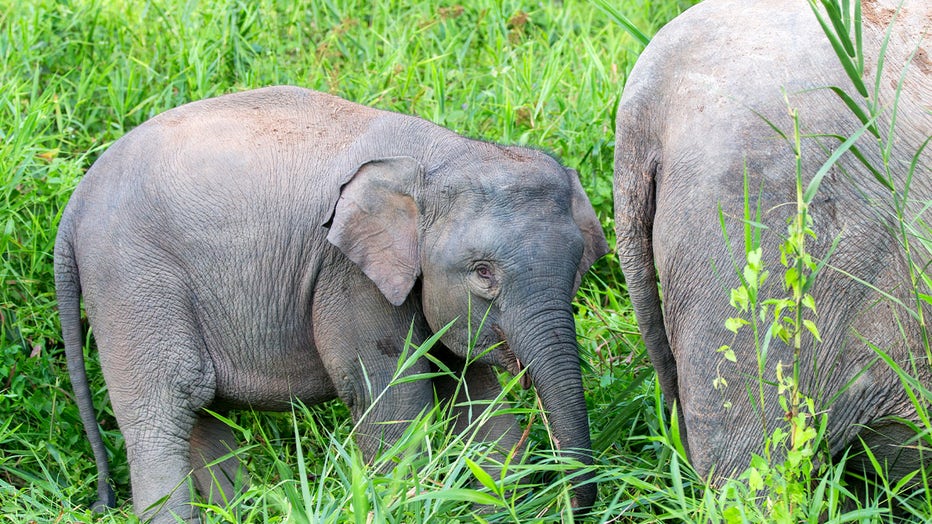Over 1,000 new species added to ‘red list,’ threatened with extinction
Over 45,000 species are now threatened with extinction — 1,000 more than last year, according to an international conservation organization.
On Thursday, the International Union for Conservation of Nature released its Red List of Threatened Species, which now lists 45,300 species threatened with extinction. More than 163,000 species were accessed this year.
The organization says the IUCN Red List is a critical indicator of the health of the world’s biodiversity. Copiapoa cacti, native to Chile’s Atacama coastal desert, the Bornean elephant and the Gran Canaria giant lizard are among the threatened species.
IUCN blames its increase on pressures from climate change, invasive species and human activity such as illicit trade and infrastructural expansion.
Bornean elephants threatened
It is estimated that only about 1,000 Bornean elephants remain in the wild, according to IUCN analysis. The population has diminished over the past 75 years, initially due to extensive logging of Borneo’s forests destroying the majority of the Bornean elephants’ habitat.

FILE: Bornean elephants. (Credit: Sylvain CORDIER/Gamma-Rapho via Getty Images)
Further habitat loss from agriculture (especially palm oil), timber plantations, mining, and major infrastructure projects such as the Pan Borneo Highway further threaten the future of Bornean elephants. Poaching for ivory, accidental ingestion of agrochemicals, and vehicle collisions are also concerns.
Conservation efforts for Iberian lynx
In a contrasting tale, conservation efforts have revived the Iberian lynx from the brink of extinction, with the population increasing from 62 mature individuals in 2001 to 648 in 2022 and more than 2,000 now.
The species was revived by restoring the Iberian lynx’s natural Mediterranean scrub and forest habitat, as well as increasing the abundance of its primary prey, the European rabbit. Conservation efforts have also involved increasing the lynx’s genetic diversity by relocating them to new areas and breeding them in controlled environments.
But experts say there’s still more work to be done.
RELATED: 10 of the world’s most endangered animals revealed
The World Wildlife Fund’s 2022 Living Planet Report shows global wildlife populations have plummeted by 69% on average since 1970.
They note that while there have been amazing and inspirational wildlife successes and stories in the past, many animals are still endangered, mostly due to unsustainable human-led activities.
This story was reported from Los Angeles. The Associated Press contributed.

